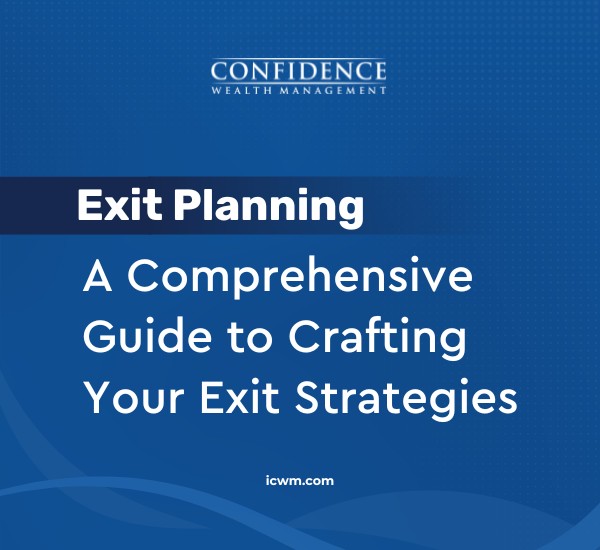Now that we’ve explored what investing is, the importance of risk tolerance, and the different investment types available to you, we can figure out how to create a mix that fits your goals and personality.
There are several resources available to assist in asset allocation, including interactive tools and sample allocation models. Most of these take into account several variables:
- Objective variables like your age, the financial resources available to you, your time frames, your need
for liquidity. - Subjective variables like your tolerance for risk and your outlook on the economy.
You’ll want to choose a mix of investments that has the potential to provide the return you want at the level of risk you feel comfortable with.
That’s why it often makes sense to work with a financial professional, someone who’s accustomed to gauging risk and people’s tolerance for it, so you can gauge your risk tolerance and then tailor a portfolio that fits your unique risk profile and financial situation.
Here are some basic models to give you an idea of what each type of investor (conservative, moderate, aggressive) might have in their portfolio.
A Sample Conservative Portfolio
In general, conservative asset allocation models invest heavily in bonds and cash alternatives, with the primary goal of preserving principal.
This could be something like 50% of the portfolio in bonds, 25% in cash alternatives, and 25% in stocks.
A Sample Moderate Portfolio
A moderate asset allocation model tries to balance income and growth by allocating significant investment dollars to both stocks and bonds.
This might look like 50% of the portfolio in stocks, 40% in bonds, and 10% in cash alternatives.
A Sample Aggressive Portfolio
An aggressive asset allocation model will tend to concentrate heavily on stocks, focusing on potential growth.
This might take the form of 75% of the portfolio in stocks, 15% in bonds, and 10% in cash alternatives. As always, these are only samples for use as a guide, not as direct financial advice.
Conclusion
It took a few hours, but my client came to understand the value of investing his money and we were able to come up with a plan that fit his needs and risk tolerance.
There’s a lot to consider when it comes to investing. While it helps to stay up to speed on the concepts and to know your risk tolerance, a financial professional can help you:
- Determine your investment goals, timelines, and risk tolerance
- Evaluate markets and investments
- Create an asset allocation model
- Select specific investments
- Manage and monitor your portfolio
- Modify your portfolio when necessary
As experienced financial professionals, we help clients like you figure out the best investment plan for their situation, so that you can put your money to work with peace of mind.
Please connect with us and let us help you plan for your future. We would be delighted to go on the journey with you.










